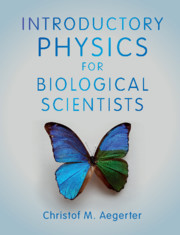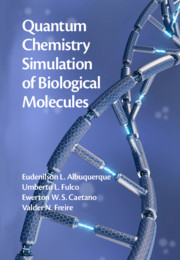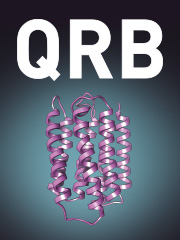Introductory Physics for Biological Scientists
Why do elephants have sturdier thigh bones than humans? Why can't ostriches fly? How do bacteria swim through fluids? With each chapter structured around relevant biological case studies and examples, this engaging, full-colour book introduces fundamental physical concepts essential in the study of biological phenomena. Optics is introduced within the context of butterfly wing colouration, electricity is explained through the propagation of nerve signals, and accelerated motion is conveniently illustrated using the example of the jumping armadillo. Other key physical concepts covered include waves, mechanical forces, thermodynamics and magnetism, and important biological techniques are also discussed within this context, such as gel electrophoresis and fluorescence microscopy. A detailed appendix provides further discussion of the mathematical concepts utilised within the book, and numerous exercises and quizzes allow readers to test their understanding of key concepts. This book is invaluable to students aiming to improve their quantitative and analytical skills and understand the deeper nature of biological phenomena.
- Engagingly structured around biological examples, this essential text provides insight into key physical concepts and their influence upon biological phenomena
- Includes an appendix covering the key mathematical concepts developed in the book
- Contains quiz questions at the end of each chapter which enable readers to test their understanding
- Biological case studies are illustrated in full colour throughout
Product details
November 2018Adobe eBook Reader
9781108534475
0 pages
102 b/w illus. 122 colour illus. 11 tables
This ISBN is for an eBook version which is distributed on our behalf by a third party.
Table of Contents
- Preface
- 1. Physics as a basis for describing biological systems
- 2. Errors, units and scaling laws
- 3. Motions and oscillations
- 4. Resonances and waves
- 5. Optics, light and colours
- 6. Forces and Newton's laws of motion
- 7. Continuum mechanics
- 8. Heat, temperature and entropy
- 9. Electrical charges and currents
- 10. Magnetism
- Appendix A. Mathematical tools
- Appendix B. Solutions to quizzes
- References
- Index.




